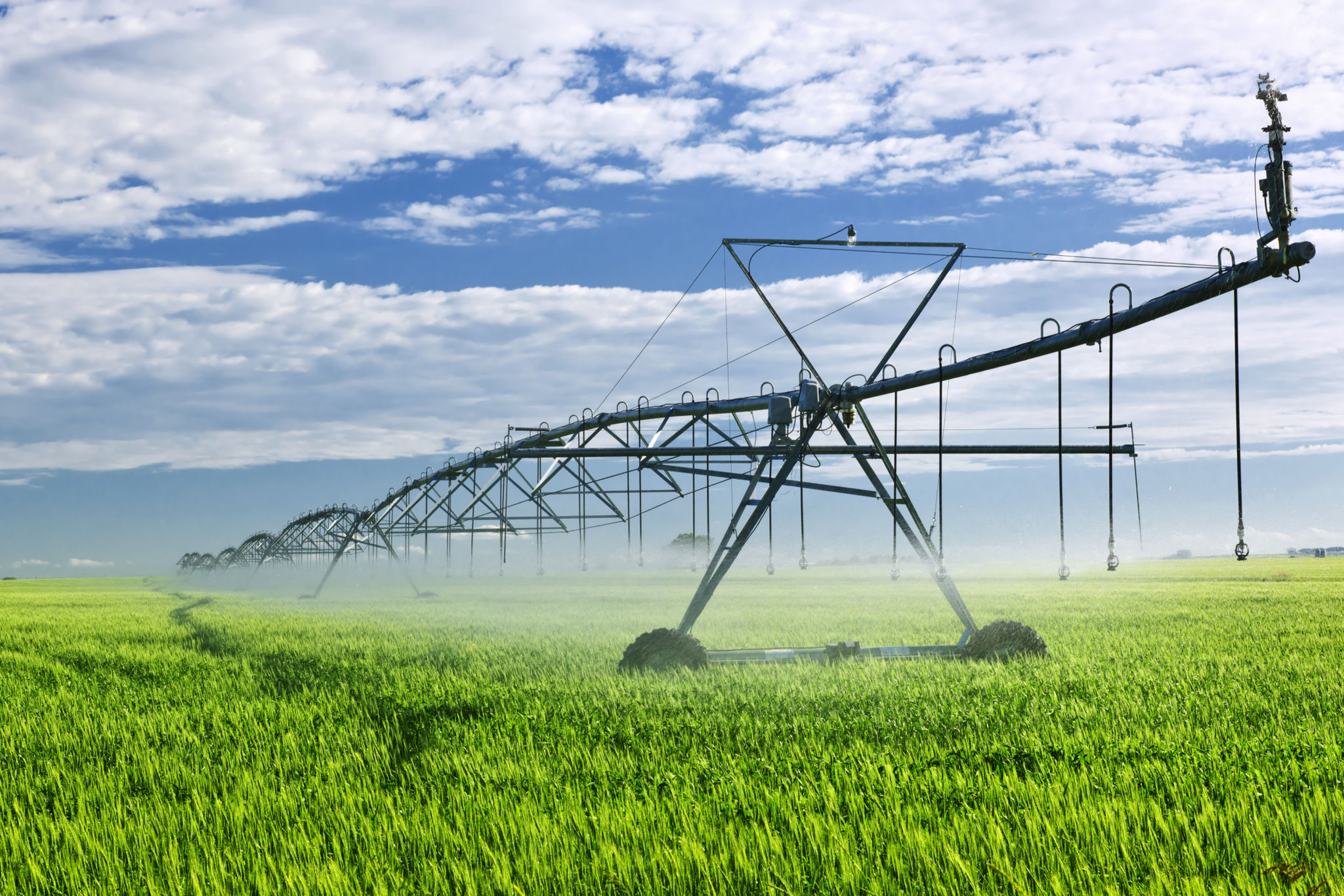Case Study: Successful Water Management Solutions for Bigfork Residents
Introduction to Water Management in Bigfork
Water management is a crucial aspect of sustaining any community, and the residents of Bigfork have witnessed transformative changes through innovative solutions. As climate change impacts water availability and quality, effective water management becomes increasingly vital. This case study delves into the successful strategies implemented in Bigfork to address these challenges.

The Challenges Faced by Bigfork
Bigfork, like many communities, faced several water management challenges. These included seasonal droughts, aging infrastructure, and contamination risks. The community's reliance on traditional water systems was proving inadequate to meet growing demands and environmental concerns.
Innovative solutions were needed to ensure sustainable water use, improve resource efficiency, and protect the ecosystem. Community leaders and stakeholders came together to devise a comprehensive plan that addressed these multifaceted issues.
Implementing Innovative Solutions
In response to these challenges, Bigfork adopted a series of innovative water management strategies. Key among these were:
- Rainwater Harvesting: Implementing systems to collect and store rainwater for non-potable uses.
- Smart Irrigation: Utilizing technology to optimize water use for agricultural and residential landscaping.
- Infrastructure Upgrades: Replacing old pipes and systems to reduce leaks and improve efficiency.

Community Engagement and Education
A critical component of Bigfork's success was community engagement. Residents were encouraged to participate in workshops and seminars focused on water conservation techniques and the benefits of sustainable practices. This educational approach fostered a sense of responsibility and empowered residents to contribute actively to water-saving initiatives.
The local government also launched campaigns to raise awareness about the importance of water conservation and how individual actions could collectively make a significant impact.
Measurable Outcomes
The implementation of these solutions led to several positive outcomes for Bigfork. Water usage decreased significantly, resulting in cost savings for both the community and individual households. Furthermore, the improved infrastructure reduced water loss and ensured a more reliable supply.
Environmental benefits were also observed, with healthier local ecosystems and increased biodiversity as a result of more sustainable water practices.

Long-term Sustainability
Bigfork's approach serves as a model for other communities facing similar challenges. The key to their success lies in the integration of technology, infrastructure development, and community involvement. By continually monitoring and adjusting strategies as needed, Bigfork remains committed to ensuring long-term sustainability in water management.
This case study highlights the importance of proactive measures and collaborative efforts in creating resilient communities that can adapt to changing environmental conditions.
Conclusion
The case study of Bigfork's successful water management solutions illustrates how innovative approaches can address complex challenges effectively. By prioritizing sustainability, engaging the community, and leveraging technology, Bigfork has set a benchmark for efficient water management that other regions can aspire to achieve.
As we continue facing global environmental challenges, examples like Bigfork inspire hope and offer practical insights into creating sustainable futures for our communities.